Bowers & Wilkins PI3 review: neckband in-ears from the audiophile guys
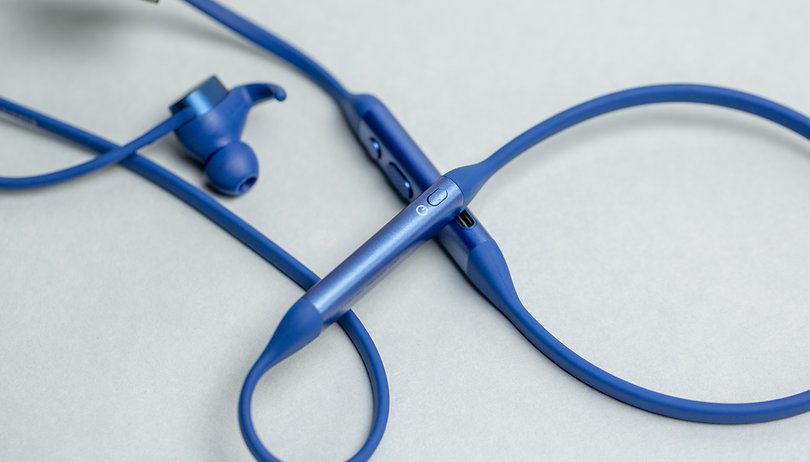

Bowers & Wilkins, the British audio company now in American hands, has built its reputation on quality audio. I really enjoyed the sound on both the PX5 and PX7 over-ear headphones, and am now taking a closer look at the brand's first neckband-style in-ear wireless headphones. How do these stack up against the stiff competition? Here's our full review.
Good
- Same great B&W sound
- Comfortable to wear
- Attractive design
Bad
- Wing system is awkward
- Average battery life
Bowers & Wilkins PX5 release date and price
The PI3 were Bowers & Wilkins first foray into the neckband-style wireless headphones market that has gotten quite crowded over the last couple of years. We may be moving more towards a true wireless era in 2020 - the sheer number of manufacturers who brought their true wireless buds to CES 2020 this year is testament to that - but that doesn't mean there isn't still a market for this style of wireless headphones product this year.
The PI3 are priced at $199,99 on the official Bowers & Wilkins website in the United States, and the price remains as near as makes no difference to the RRP on Amazon today. On the British Amazon, you can pick up a pair of PI3's for £154.46. They come in three colors: Space Grey, Blue, and Gold. It was the blue version that I tested.
Comfortable, customizable in-ear headphones
B&W says that it has designed these wireless headphones to deliver the same standards of audio excellence it is known for in a smaller, more convenient package. The earphones themselves are nice and small, and they're not the kind of in-ear headphones that bulge out from your ears. The manufacturing and build-quality is, expectedly, very high and I like the soft, coated silicone, rubber wires. They feel grippy and resist tangling very successfully.
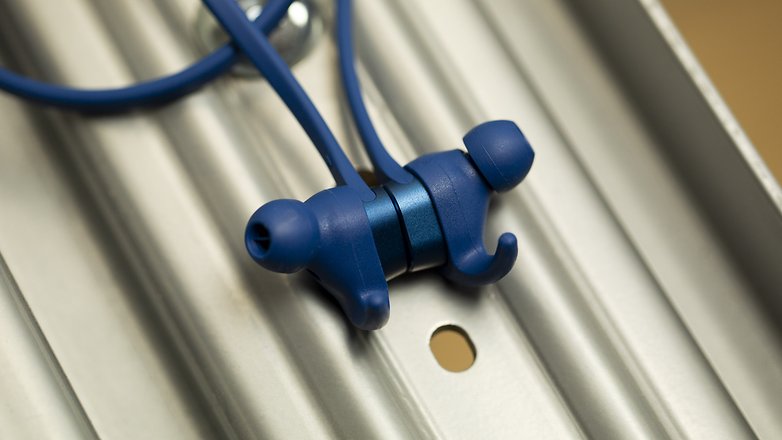
On either side of the neckband, you'll find the buttons for controlling the audio as well and a power button and a microphone for making calls. The larger Play/Pause button is textured to make it easier to find through touch, which comes in useful as you won't be able to see the controls once you are wearing the headphones. On the left side there is a power button, but the power indicator light on the right. This proved to be a little frustrating as you can't just pull to neckband around to one side to check if they are on/off whilst using the button.
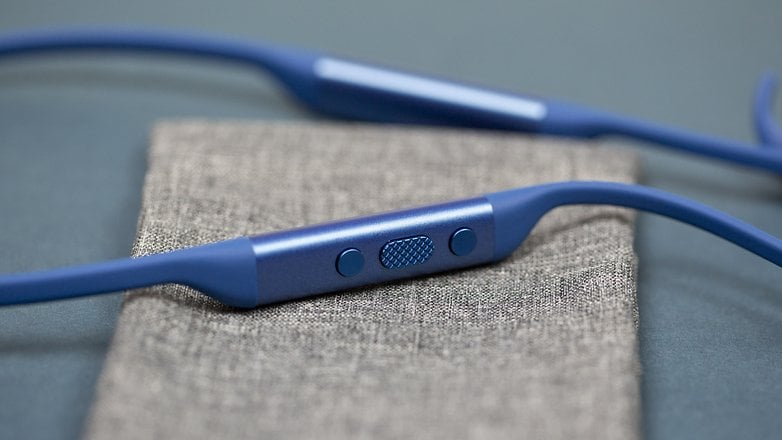
Another small design criticism I have to mention in the system for adding the rubber tips and wings to ensure a comfortable seal in the ear and a secure fit for wearing the headphones during workouts. Both the tips and wings can be fitted separately, essentially over the top of each other. Whilst this does offer more customization, plus the option to go without wings completely, I did find it a little clunky. Once you've added a pair of wings and the right size tips, the attractive housing of the earphones is completely covered, and the slick design is somewhat ruined. This is the trade-off for a very secure fit, I suppose. I wore the PI3 when running and had no fear they were going to fall out at any stage.
Qualcomm's aptX Adaptive still rocks
The Bowers & Wilkins PI3 support Qualcomm's aptX Adaptive codec , meaning you can stream audio of up to 25 bits at 58 kHz with little latency. We've seen this technology in the over-ear Bowers & Wilkins products, and I am a huge fan. especially when it comes to watching videos on your smartphones. I watch my fair share of guitar tutorials, covers, and product demos and the low latency this technology provides really makes a big difference to this kind of viewing. You'll notice is as well if you watch music videos where the lip-syncing can a dead giveaway for latency issues.
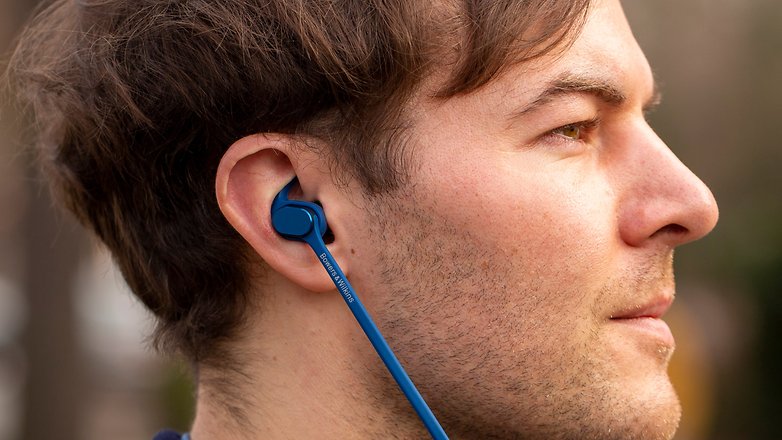
There are two drivers in each earbud, one for high and mids and one for bass. If you just want to listen to music and you want the best quality sound, you will also be well-served with these B&W PI3s. The sound is typical of the brand, meaning that balance and clarity is preferred over thumping bass or piercing high-end frequencies. Podcasts and audiobooks around particularly good on B&W products, as well as musical genres where individual instrument definition is important, such as classical music. I wouldn't say that the dedicated bass driver delivers a forceful, deep sound. It's tuned just right for my tastes.
The passive noise cancellation you get from the in-ear design is sufficient for everyday usage in a busy city like Berlin. Bowers & Wilkins does make a similar product with active noise cancellation included, called the PI4s, but these cost $100 more than the PI3s.
Behind the competition on battery life
B&W has equipped its PI3 a battery capacity big enough to deliver up to eight hours of playback. Whilst this isn't exactly horrendous, it is a little behind some of the competition. The PI3s do support fast charging, however, and you can get two hours of playback into them in just 15 minutes. These numbers held up during my testing, but it's interesting how eight hours felt like a short time to me after testing several pairs of headphones with more stamina recently.
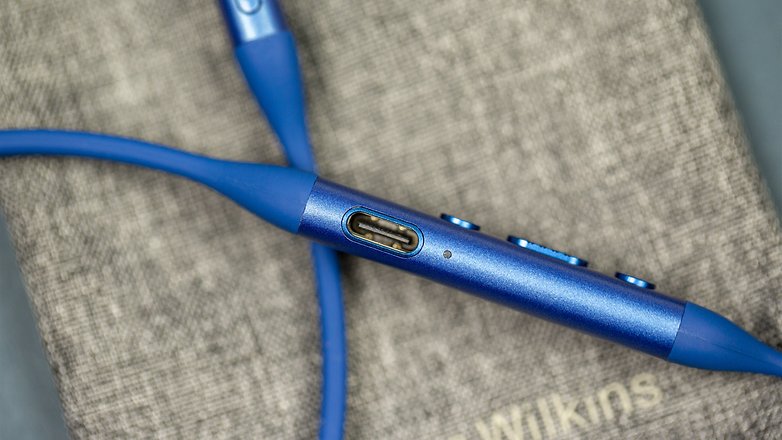
The OnePlus Bullets Wireless 2, for example, which are similar in design and sound almost as good as the B&W PI3s, come with 14-hours of battery life and with the company's Warp Charge 30 technology, 10 minutes of charging gives you a whopping 10 hours of battery life. This is just one example, but across the market, the B&W PI3s are a little behind the competition in terms of battery. Perhaps not far enough to put off potential buyers, but enough for me to find myself surprised they were dead on more than one occasion.
Final verdict
The PI3s are a true Bowers & Wilkins product in every sense. The build quality is first class, the sound is balanced, clean, and overall fantastic, and the design is typical of what we have come to expect from these guys. However, the price tag is also very B&W, and I'm not a huge fan of the removable rubber wings system. If you are looking for a pair of neckband-style wireless headphones and don't mind paying a premium, I can recommend the PI3s.
However, my fear for these is that many will be looking towards the true wireless market in 2020, and for the same price as a premium pair of neckband in-ears, there will be a lot of competition from true wireless pairs for these very soon. It's surely a matter of time before B&W gets into that market too, isn't it?









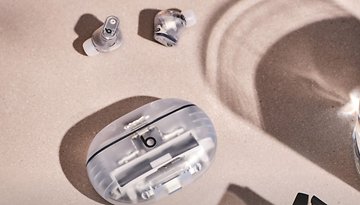

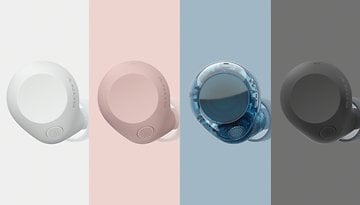








Helpful article, I was planning to purchase this earphone